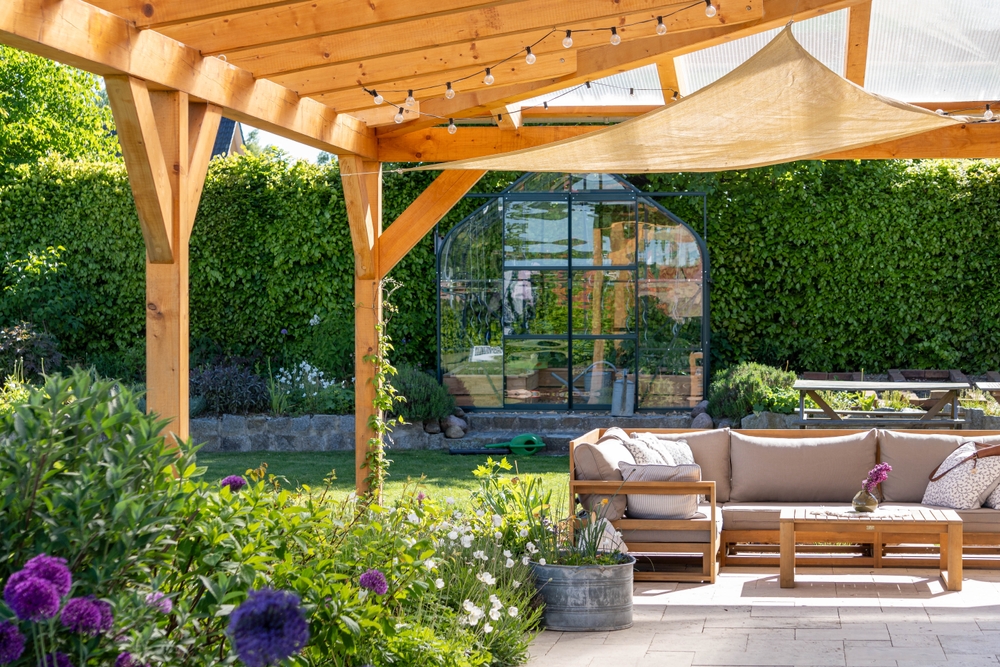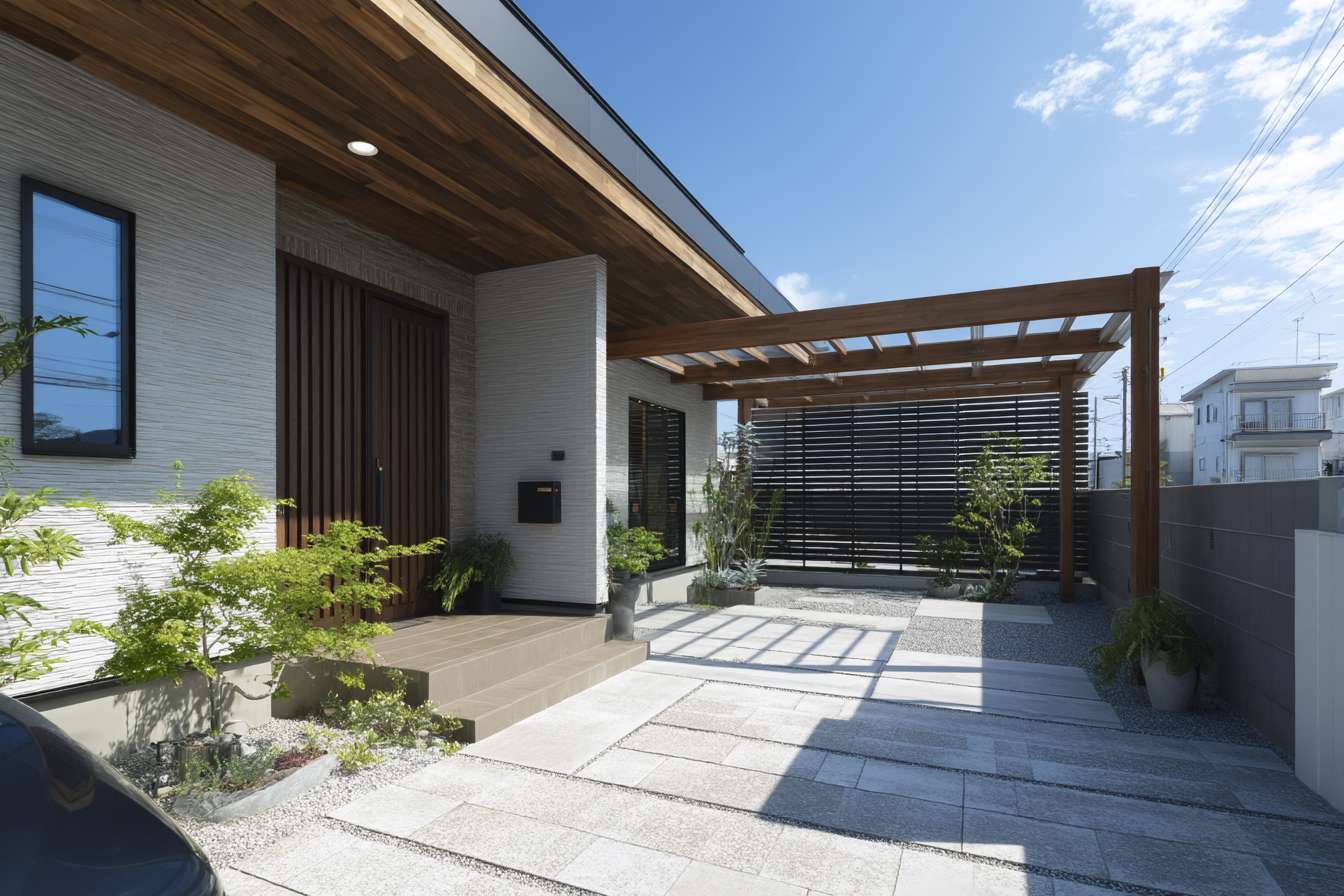Garden Trellises: Styles, Plants, and Selection Tips
A garden trellis can transform your outdoor space, providing both aesthetic appeal and functional support for climbing plants. This versatile garden structure not only adds vertical interest but also maximizes growing space in small gardens. Let's explore the world of garden trellises, from popular styles to plant selection and key considerations for choosing the right one for your garden.

What are the main styles of garden trellises?
Garden trellises come in a variety of styles, each suited to different garden designs and plant types. The most common styles include:
-
Flat Panel Trellises: These consist of a simple lattice or grid pattern and are ideal for creating living walls or screening areas of your garden.
-
Obelisk Trellises: Freestanding and pyramid-shaped, obelisk trellises are perfect for creating focal points in garden beds or containers.
-
Fan Trellises: Shaped like a fan or peacock tail, these trellises are often used against walls to support spreading vines.
-
Arch Trellises: These create a beautiful walkway or entrance to different garden areas and are excellent for training climbing roses or wisteria.
-
A-Frame Trellises: Resembling the letter “A,” these freestanding structures are great for vegetable gardens, supporting plants like peas and beans.
-
Tipi Trellises: Made of poles arranged in a cone shape, tipi trellises are ideal for annual climbing plants and add a rustic touch to gardens.
What materials are commonly used for garden trellises?
The material of your trellis can greatly impact its durability, aesthetics, and suitability for different plants. Common materials include:
-
Wood: Classic and natural-looking, wooden trellises blend well with garden settings but may require regular maintenance to prevent rot.
-
Metal: Durable and long-lasting, metal trellises come in various designs from sleek modern to ornate traditional styles.
-
Plastic: Lightweight and affordable, plastic trellises are resistant to rot but may not be as sturdy as other materials.
-
Bamboo: Eco-friendly and natural-looking, bamboo trellises are suitable for lightweight climbers but may not last as long as wood or metal.
-
Wire: Simple and minimalist, wire trellises are nearly invisible once covered in plants, allowing the foliage to take center stage.
What are the best plants for trellises?
Choosing the right plants for your trellis can create stunning vertical displays. Some popular options include:
-
Climbing Roses: These classic beauties create a romantic, cottage garden feel and come in various colors and fragrances.
-
Clematis: Known for their large, showy flowers, clematis varieties bloom in different seasons, providing year-round interest.
-
Jasmine: Fragrant and fast-growing, jasmine can quickly cover a trellis with its delicate white or yellow flowers.
-
Morning Glories: These annual climbers produce abundant trumpet-shaped flowers in vibrant colors.
-
Grape Vines: Not only ornamental, grape vines can also provide a delicious harvest when grown on sturdy trellises.
-
Sweet Peas: These charming annuals offer a profusion of fragrant blooms in pastel hues.
How do you install a garden trellis?
Proper installation ensures your trellis remains stable and effective. Follow these general steps:
-
Choose a suitable location with adequate sunlight for your chosen plants.
-
For freestanding trellises, dig holes and secure the posts with concrete or compacted soil.
-
For wall-mounted trellises, use appropriate anchors and ensure the wall can support the weight.
-
Install the trellis before planting to avoid damaging plant roots.
-
Ensure the trellis is level and securely fastened.
-
Leave enough space between the trellis and any walls for air circulation and plant growth.
What are the key considerations when choosing a trellis?
Selecting the right trellis involves several factors:
-
Garden Style: Choose a trellis that complements your overall garden design, whether formal, rustic, or modern.
-
Plant Type: Consider the weight and growth habit of your chosen plants to ensure the trellis can provide adequate support.
-
Size: Ensure the trellis is proportionate to your garden space and tall enough for your plants’ mature height.
-
Durability: Select materials that can withstand your local climate and the weight of mature plants.
-
Maintenance: Consider how much time you’re willing to spend on upkeep, as some materials require more care than others.
-
Budget: Trellises range from affordable DIY options to high-end designer pieces, so choose one that fits your financial plan.
How can trellises enhance garden design and functionality?
Trellises offer numerous benefits to garden design and functionality:
-
Space Maximization: Vertical gardening allows you to grow more plants in limited space.
-
Privacy Screening: Trellises with climbing plants can create natural privacy screens or hide unsightly views.
-
Microclimate Creation: Trellises can provide shade and windbreaks, creating favorable microclimates for other plants.
-
Architectural Interest: They add structure and visual interest to gardens, especially in winter when deciduous plants are bare.
-
Crop Support: In vegetable gardens, trellises support climbing edibles like peas, beans, and cucumbers, making harvesting easier.
-
Garden Division: Use trellises to create “rooms” within your garden, defining different areas and adding depth to the landscape.
By understanding the various styles, materials, and considerations for garden trellises, you can choose the perfect structure to enhance your outdoor space. Whether supporting fragrant roses, providing a backdrop for perennial borders, or maximizing your vegetable harvest, a well-chosen trellis can be both a functional and beautiful addition to any garden.




